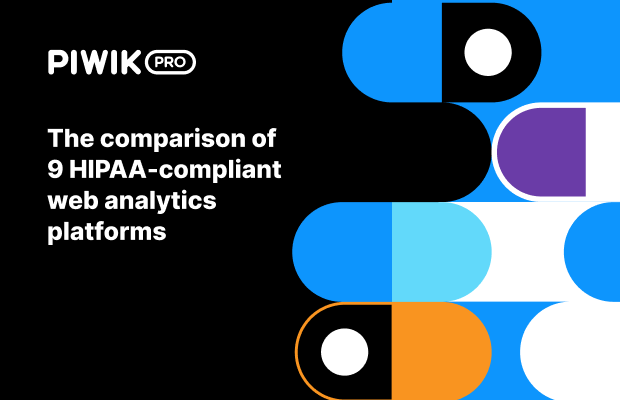In web analytics, data thresholds may be applied to prevent anyone viewing a report or exploration from inferring the identity of individual users based on demographics, interests, or other identifiers in the data. Data thresholds are applied in sampling.
For example, in Google Analytics, default reports are unsampled. Still, if you apply ad-hoc queries like secondary dimensions or segments, your data gets sampled after reaching the following data thresholds:
- In Universal Analytics, it occurs when your ad hoc reports hit 500,000 sessions at the property level for any chosen date range.
- Google Analytics 360 has a higher sampling threshold. You won’t have to worry about sampling unless your ad hoc reports hit 1,000,000 sessions for any chosen date range.
- In Google Analytics 4, sampling occurs in advanced reports, such as funnels, paths, cohorts, segment overlap, and others, when the data exceeds 10 million counts. Once you have reached your sample quota, your data is cut off.
Read more:
What is data sampling and how does it work?
Raw data and sampled data: How to ensure accurate data
Compare 7 free web analytics platforms (product analytics included)









